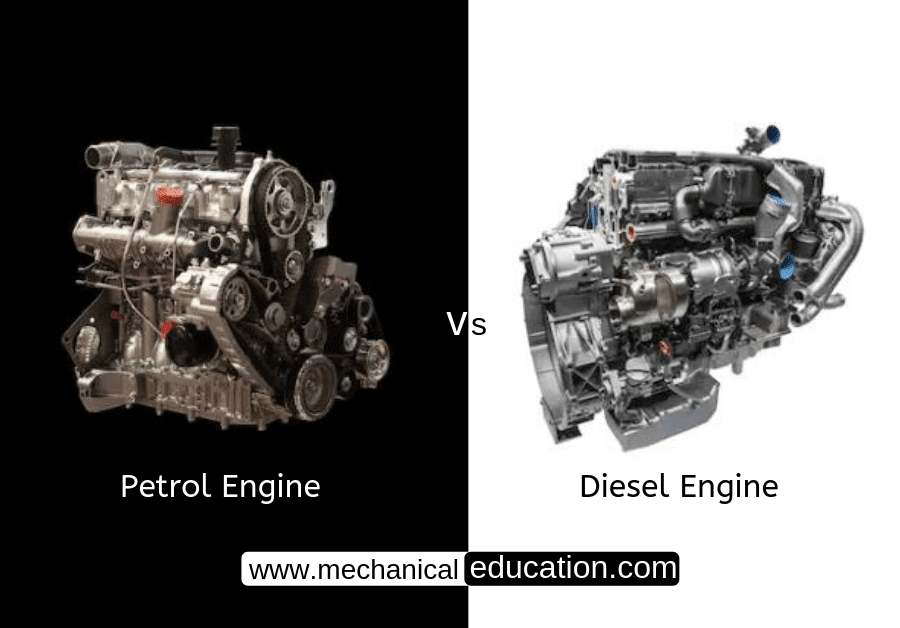Introduction: Have you ever been driving at highway speeds or above and heard a loud rattling sound inside the cabin? That rattling is likely caused by vibrations from your vehicle’s internal combustion engine. The good news is that there’s an easy solution to this problem – an Engine Shake Damper, also known as a vibration absorber. Let’s dive in and find out what it does, how it works, and why it’s important for car owners to know about the benefits of an engine shake damper.
How Does an Engine Shake Damper Work?
An engine shake damper works by dampening any vibrations sent through metal parts such as valves or crank shafts before they reach other parts of your vehicle like the chassis and body panels. These dampers are usually made of rubber or some other type of cushioning material that helps reduce the amount of vibration being transferred between components. This helps keep your vehicle running smoother and quieter while also reducing wear on components over time due to excessive vibration.
The Benefits of an Engine Shake Damper
In addition to helping keep vibrations from reaching other parts of your vehicle where they can cause rattling sounds inside the cabin when driving at highway speeds or above, a properly installed engine shake damper can be exemplified by the high-quality Firestone Industrial Product. This damper also helps reduce wear on components over time due to excessive vibration. This means that your vehicle will run smoother for longer periods of time and will require less maintenance over its lifetime compared to vehicles without proper damping devices installed. Additionally, having one installed can help improve fuel efficiency by ensuring that all components are running optimally with minimal friction or resistance due to excess vibration. Lastly, having one installed can increase the resale value of your vehicle since buyers will be more likely to purchase a car with fewer issues and less need for repairs down the road
Conclusion:
Engine shake dampers (also referred to as vibration absorbers) are essential tools for any car owner who wants their ride to remain smooth and quiet while operating at higher speeds or under more strenuous conditions. When properly installed, these dampers help reduce vibrations sent through metal parts such as valves or crank shafts before they reach other parts of your vehicle like the chassis and body panels where they can cause even more problems like rattling sounds inside the cabin when driving at highway speeds or above. Not only do these dampers help reduce wear on components over time due to excessive vibration but they also help improve fuel efficiency by ensuring that all components are running optimally with minimal friction or resistance due to excess vibration, making them a must-have accessory for any serious car enthusiast looking to get the most out of their ride!
Frequently asked questions
1.What are engine shake dampers and vibration absorbers, and what do they do?
Engine shake dampers and vibration absorbers are devices designed to reduce or eliminate engine vibrations and oscillations, resulting in smoother and quieter engine operation.
2.Why do engines produce vibrations and shakes in the first place?
Engine vibrations occur due to the reciprocating motion of internal engine components like pistons and connecting rods, as well as the rotation of the crankshaft. These vibrations can lead to noise and discomfort.
3.How do engine shake dampers and vibration absorbers work?
These devices use various mechanisms, such as rubber mounts, springs, and hydraulic systems, to absorb and dissipate the energy generated by engine vibrations, reducing their impact.
4.What are the benefits of using engine shake dampers and vibration absorbers?
The primary benefits include improved ride comfort, reduced noise levels, increased longevity of engine components, and enhanced overall driving experience.
5.Are engine shake dampers and vibration absorbers standard components in all vehicles?
No, not all vehicles come equipped with engine shake dampers or vibration absorbers. They are often found in luxury cars or high-performance vehicles where ride quality is a priority.
6.Can I retrofit my vehicle with engine shake dampers or vibration absorbers?
Retrofitting your vehicle with these components is possible, but it may require modification and may not be cost-effective for standard passenger cars.
7.Are there different types of engine shake dampers and vibration absorbers?
Yes, there are various types, including harmonic balancers, engine mounts, and active vibration control systems, each designed for specific applications and levels of vibration control.
8.Can engine shake dampers and vibration absorbers improve fuel efficiency?
While these devices primarily focus on ride comfort and engine longevity, the reduction of engine vibrations can indirectly lead to improved fuel efficiency by reducing power losses caused by friction and vibrations.
9.Do engine shake dampers and vibration absorbers require maintenance or replacement?
Typically, these components have a long service life and do not require regular maintenance. However, if you notice increased vibrations or wear, replacement may be necessary.
10.Are engine shake dampers and vibration absorbers necessary for all vehicles, or are they primarily used in specific applications?
These components are not necessary for all vehicles and are often used in applications where reducing engine vibrations and enhancing ride comfort are essential, such as high-end cars, trucks, and industrial machinery.
In summary, engine shake dampers and vibration absorbers play a crucial role in enhancing ride comfort, reducing noise, and prolonging the life of engine components in specific vehicle applications. While they are not standard in all vehicles, they are valuable additions in situations where a smoother and quieter engine operation is desired.




